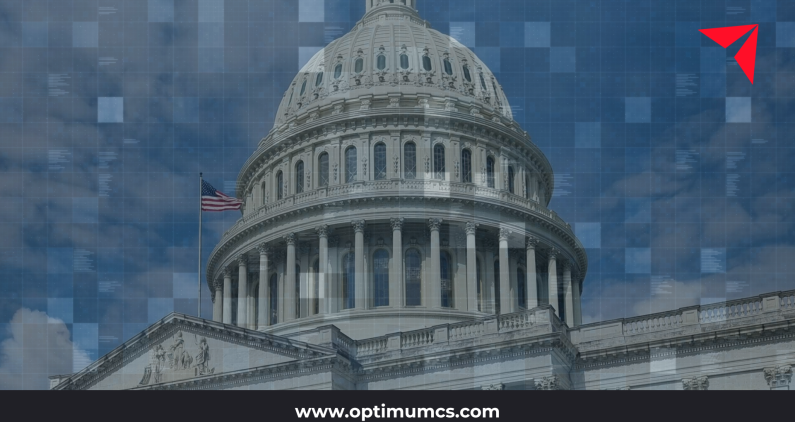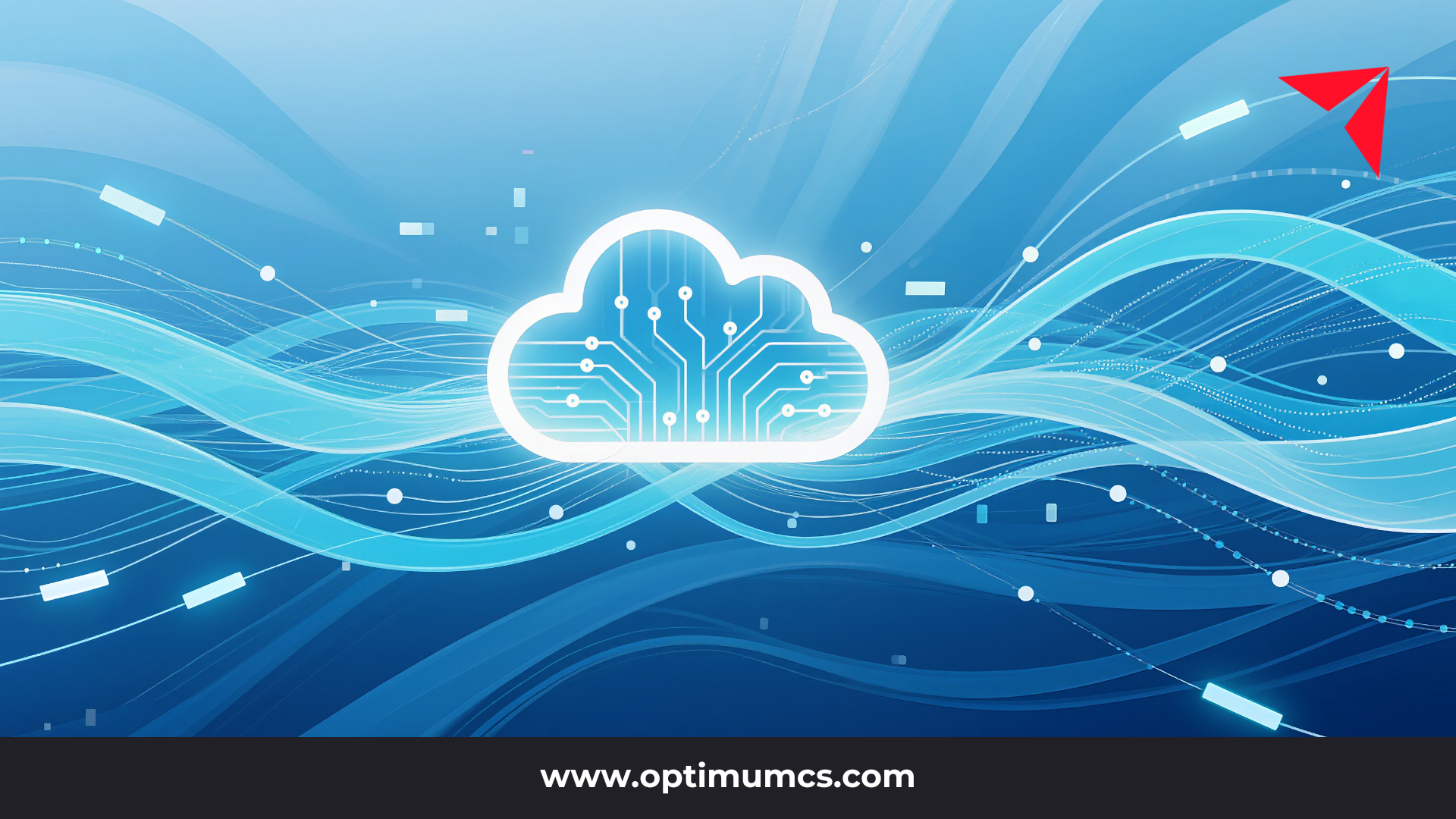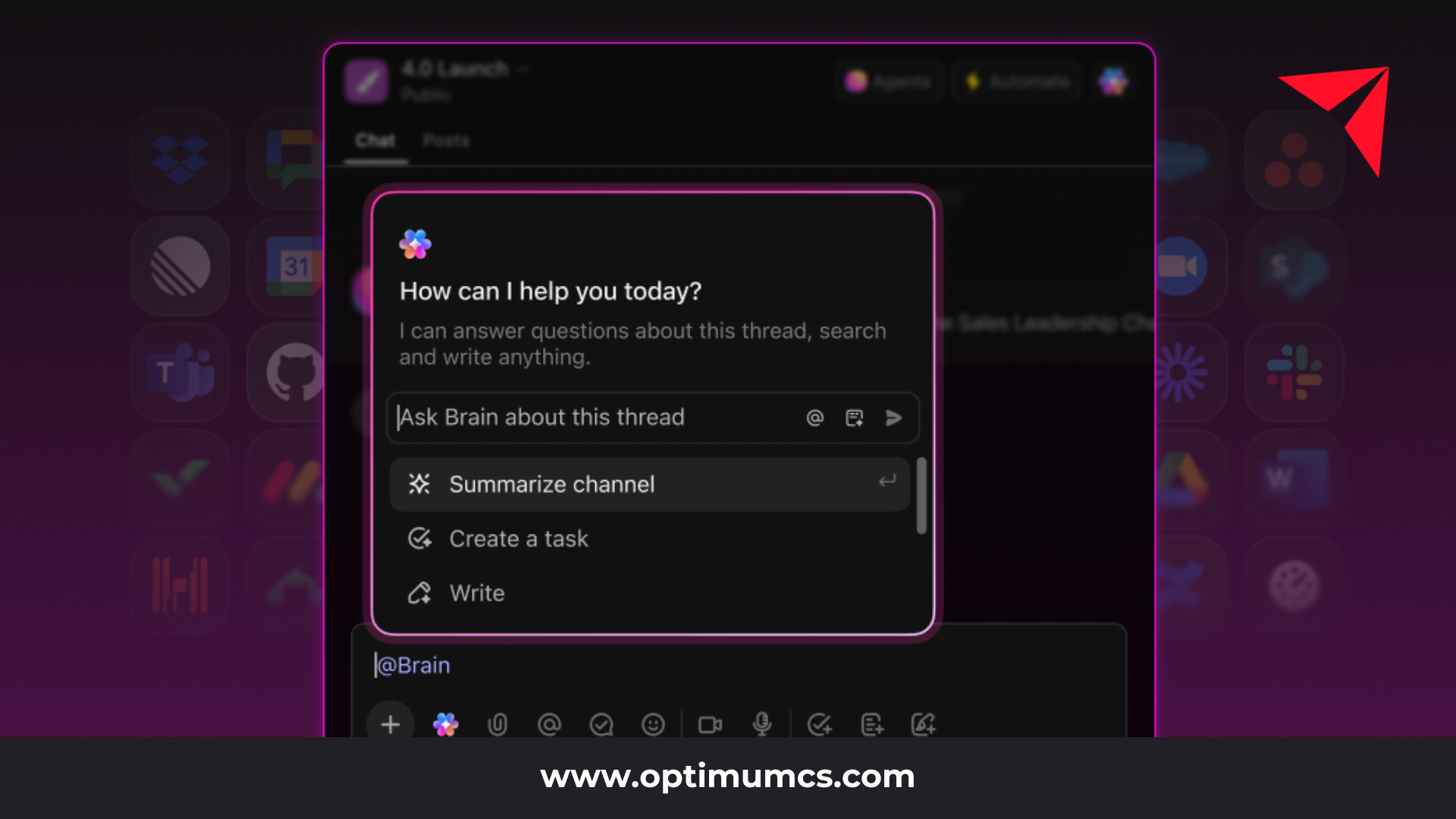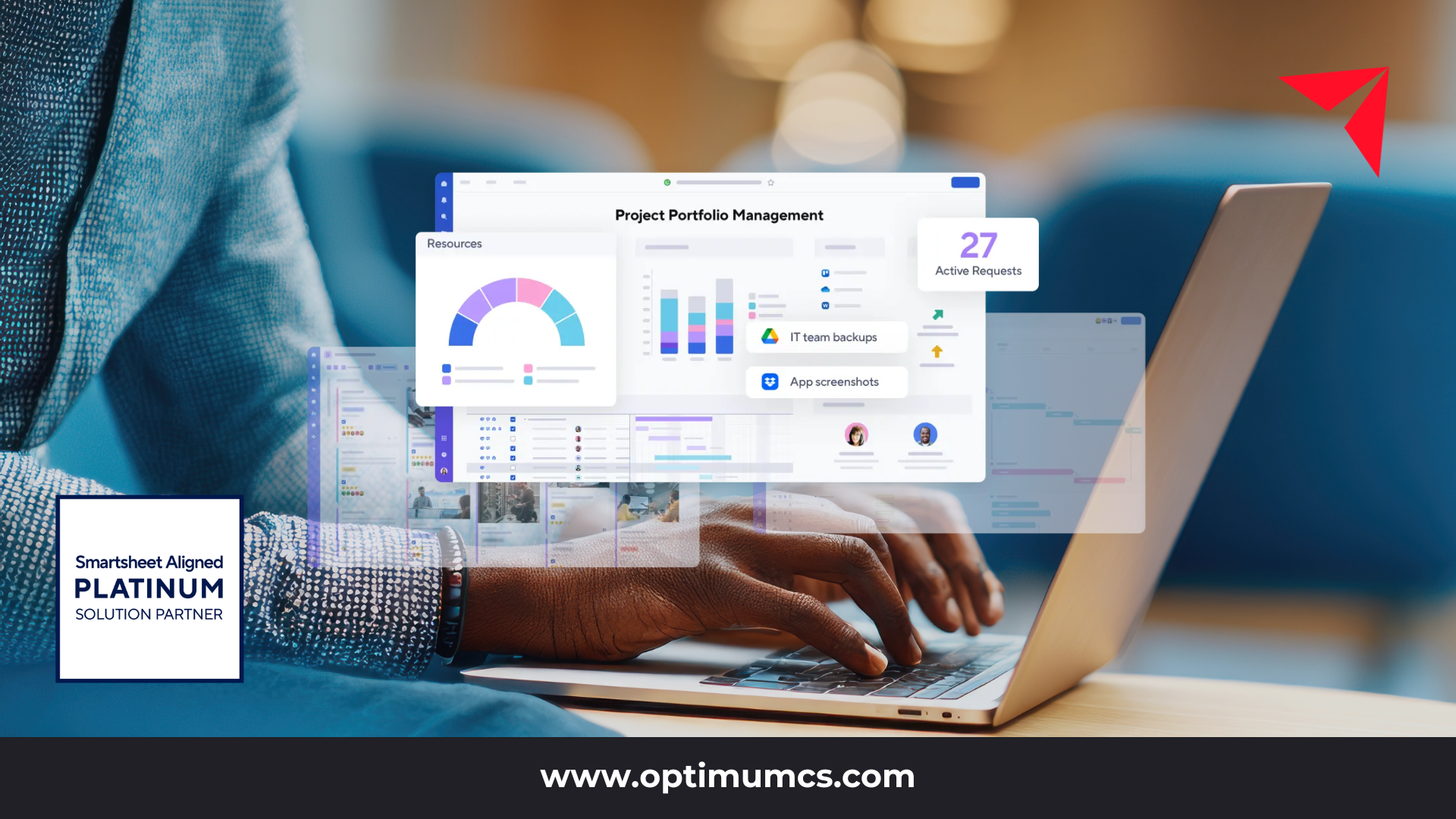Government agencies today sit on vast reserves of data. But the value of that data remains largely untapped due to fragmented systems, delayed reporting, and a chronic lack of real-time insight. Many IT leaders across the public sector are struggling with aging infrastructures that hinder collaboration, limit scalability, and stall mission-critical outcomes.
However, a new chapter in government data analytics is emerging. With modern platforms like Databricks, agencies can now unify their data, apply advanced analytics, and enable mission-aligned decision-making at scale. These platforms offer a clear path forward: one that embraces AI, strengthens governance, and accelerates time to insight without compromising security.
At Optimum, we partner with agencies to bring this vision to life. By helping our clients securely migrate from legacy architectures to modern data platforms, we enable them to unlock insights faster, reduce complexity, and drive measurable improvements in public service delivery.
Legacy Infrastructure: The Hidden Cost of Doing Nothing
Decades-old systems still underpin many government operations, creating hidden inefficiencies that quietly erode performance and resilience. Legacy infrastructures, often built on outdated, on-premises architecture, present serious barriers to efficiency, innovation, and mission fulfillment.
These environments are marked by:
- Siloed data: Departments operate in isolation, with limited data-sharing capabilities.
- High maintenance burdens: Legacy systems demand ongoing, specialized support that drains resources.
- Rigid architectures: Scaling is difficult and costly, especially as compute and storage are tightly coupled.
- Inadequate support for modern analytics: Unstructured data and machine learning workloads are beyond the scope of traditional systems.
Some federal systems have been in place for over 40 years. According to the U.S. Government Accountability Office, ten of the most critical systems cost approximately $337 million annually to operate and maintain. Beyond cost, these systems limit visibility, impede responsiveness, and complicate compliance efforts.
Delaying legacy system modernization increases technical debt and leaves agencies less equipped to meet today’s operational demands.
The Case for Unified Analytics with Databricks
Fragmented data systems have long limited the ability of government agencies to act on information. The Databricks Lakehouse Platform replaces that fragmentation with a single, integrated environment built to support the scale, complexity, and sensitivity of government data analytics. Designed to handle both structured and unstructured data, the platform eliminates duplication, simplifies infrastructure, and opens the door to advanced analytics and AI.
Agencies can move from static reporting to real-time insights while maintaining strict governance controls. Databricks also enables teams across departments to work from a unified dataset, improving collaboration while maintaining data integrity and compliance.
Key benefits include:
- Real-time analytics: Quickly process and analyze large volumes of data for faster insights.
- Cross-agency collaboration: Break down silos and unify workflows across departments.
- Cloud-native scalability: Scale storage and compute resources independently based on demand.
- Compliance-ready architecture: Supports FedRAMP and HIPAA requirements, including deployments across AWS, Azure, and GovCloud.
The U.S. Citizenship and Immigration Services (USCIS) utilized Databricks to modernize its operations, which support over 40 million immigration and employment applications. With a 24x boost in query performance and significant improvements in data ingestion speeds, USCIS can now make informed decisions more quickly and scale innovation across the agency.
Addressing the Core Challenges in Government Data
The Databricks Lakehouse Platform directly addresses common challenges in public sector data analytics:
- Data silos and fragmentation: Databricks connects disparate systems to create a centralized, reliable data environment that supports collaboration across teams and agencies.
- Legacy system inefficiencies: A modern, cloud-native architecture improves performance and scalability while reducing the operational burden of maintaining outdated infrastructure.
- Limited analytical tools: Built-in support for machine learning and business intelligence empowers analysts and data scientists to generate insights and predictions with confidence.
- Security and compliance risks: Enterprise-grade governance, encryption, and multi-cloud support meet stringent requirements, such as FedRAMP and HIPAA, helping agencies maintain trust and accountability.
These capabilities enable IT and data leaders to move past constraints and build analytics platforms that serve both technical and mission-driven objectives.
Optimum’s Role in Government IT Modernization
True modernization starts with a clear understanding of the public sector’s unique demands, not just the selection of a new platform. Optimum works closely with government agencies to design and implement data strategies that align with mission outcomes, security standards, and long-term scalability.
We help agencies move from fragmented systems to unified, insight-driven environments through services that include:
- Legacy system assessment: Evaluate current infrastructure to identify modernization opportunities and minimize risk during migration.
- Secure cloud migration: Transition data and workloads to a compliant, cloud-native architecture built for performance and scale.
- Unified platform deployment: Establish an integrated environment using platforms like Databricks to support real-time analytics, machine learning, and cross-agency collaboration.
- Ongoing support and optimization: Provide continuous guidance to improve performance, governance, and data quality over time.
With deep expertise in government data analytics, legacy system modernization, and AI adoption, we bring both the technical depth and strategic perspective required for meaningful progress.
Advance Your Agency’s Data Strategy Today
The longer legacy systems stay in place, the more they drain resources, delay insights, and limit impact. Agencies that modernize their data platforms now are better positioned to deliver responsive services, ensure compliance, and drive mission outcomes with clarity and speed.
Platforms like Databricks offer the foundation needed to unify, secure, and scale analytics for local governments and federal agencies alike. With the right strategy and support, modernization becomes not only possible but also practical.
Optimum helps public sector leaders turn complexity into clarity, building secure, scalable analytics environments that move agencies forward.
About Optimum
Optimum is an award-winning IT consulting firm, providing AI-powered data and software solutions and a tailored approach to building data and business solutions for mid-market and large enterprises.
With our deep industry expertise and extensive experience in data management, business intelligence, AI and ML, and software solutions, we empower clients to enhance efficiency and productivity, improve visibility and decision-making processes, reduce operational and labor expenses, and ensure compliance.
From application development and system integration to data analytics, artificial intelligence, and cloud consulting, we are your one-stop shop for your software consulting needs.
Reach out today for a complimentary discovery session, and let’s explore the best solutions for your needs!
Contact us: info@optimumcs.com | 713.505.0300 | www.optimumcs.com








